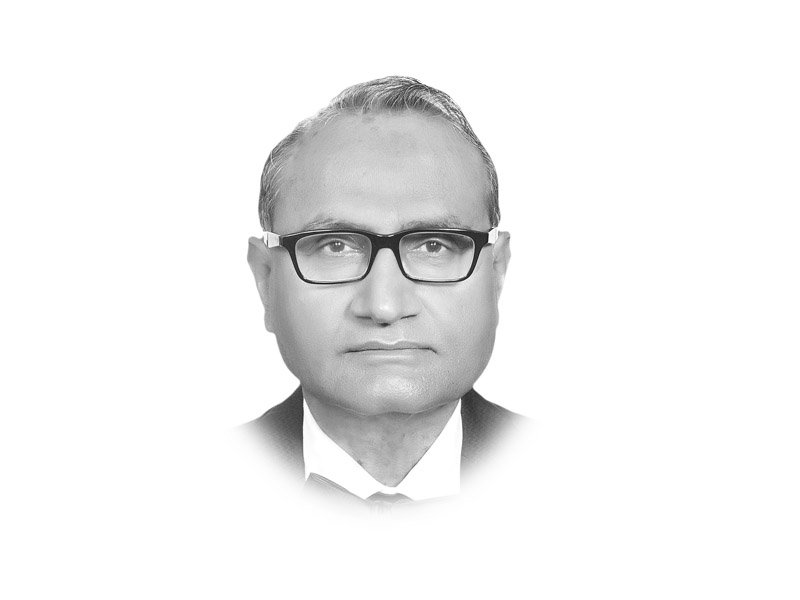

Inflation in the last 11 months is low at 4.7 per cent. The fiscal deficit is also substantially down from its peak in 2012-13. Similarly, the current account deficit is half of its level in 2013-14. What is problematic is that these achievements are not the outcomes of government policy. Inflation has come down largely because of the crash of petroleum and palm oil prices. This, besides remittances of $15 billion, is also the reason for a lower current account deficit. Exports, where policy matters, have actually declined by three per cent. Not unrelated, the large-scale manufacturing growth was 2.49 per cent, only 0.14 percentage points of which was contributed by textiles, the mainstay of the industrial sector. A policy-determined unfavourable exchange rate was also a villain of the piece here. Admittedly, the reduction of fiscal deficit has resulted from policy, albeit bad, action — by massive cuts in development expenditure at the federal level and enforced surpluses in the provincial budgets leading to lower development expenditure. No significant development has taken place regarding the critical input of energy. A climate of reticence prevails, as the dilly-dallying on adequately funding the National Action Plan continues.
Total investment in 2013-14 was 15 per cent of the GDP and 15.1 per cent in 2014-15. Private investment declined from 10 per cent of the GDP to 9.7 per cent. Investment in large-scale manufacturing, already low at 1.5 per cent of the GDP in 2013-14, declined further to 1.2 per cent in 2014-15. Public investment increased from 3.4 per cent to 3.9 per cent. The reason was that the government preempted the benefit of the declining interest rates by borrowing massively from commercial banks. In a 10-month period, the cumulative flow of credit to the private sector declined from Rs335 billion to Rs201 billion. In the main growth sectors of agriculture and manufacturing, it declined from Rs21 billion to Rs14 billion and Rs208 billion to Rs88 billion.
The government borrowed over a trillion rupees. As a result, the high growth of the financial sector led to increase in its share of the GDP and the low growth of agriculture and manufacturing decreased their share in the GDP. Instead of lending to the government, the State Bank of Pakistan (SBP) lends to the banks. That makes the IMF happy. The banks lend to the government and make a killing by doing nothing. The government spends the borrowed funds, which are costlier than borrowing from the SBP and external creditors, on non-development activities. It is happy not having to tax the elite.
On present showing, jobs and growth are a long way off. Whether the unemployment rate is six per cent or eight per cent, the common denominator is an understatement of the state of play.
Published in The Express Tribune, June 6th, 2015.
Like Opinion & Editorial on Facebook, follow @ETOpEd on Twitter to receive all updates on all our daily pieces.
1725967717-0/Untitled-design-(3)1725967717-0-405x300.webp)
1719925273-0/BeFunky-collage-(46)1719925273-0-165x106.webp)
1730412280-0/kamala-(3)1730412280-0-165x106.webp)









COMMENTS (5)
Comments are moderated and generally will be posted if they are on-topic and not abusive.
For more information, please see our Comments FAQ